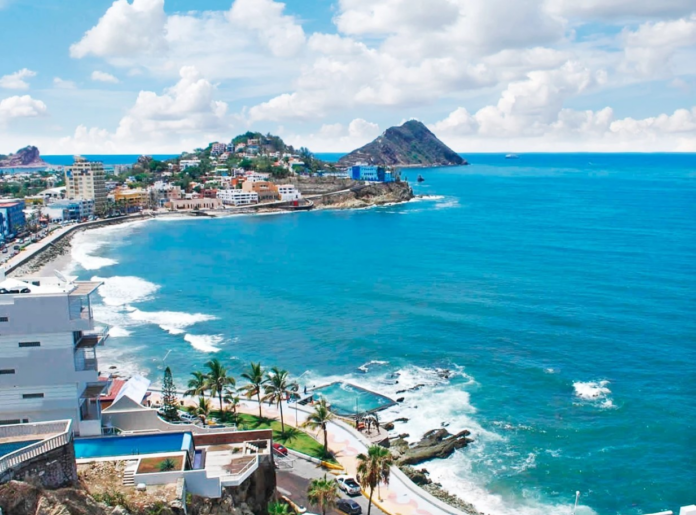
It is one of the most popular tourist destinations in Mexico, known for its stunning beaches, a wide variety of attractions, and delicious cuisine. However, to fully enjoy this heavenly destination, it is essential to choose the right time to visit.
When is the low season to visit Mazatlán, Sinaloa?
The weather in Mazatlán is warm all year round, making it an attractive destination for tourists. However, if you are looking to enjoy pleasant temperatures without the extreme heat of summer, the months between November and March are ideal.
These months coincide with the low season in Mazatlán, which means fewer tourists and more affordable prices. Except for specific events such as Carnival or end-of-year festivities, visiting Mazatlán in the low season will allow you to enjoy a calmer and more authentic experience.
While Mazatlán is not frequently hit by hurricanes, the season for these meteorological phenomena in the Pacific occurs between June and October. Traveling after October is recommended to avoid possible inconveniences associated with the weather.
Rains are also more common during these months, especially in July, August, and September, when precipitation can be more intense due to hurricane season.
Therefore, if you prefer to avoid the risk of rain and tropical storms, it is best to plan your visit after October. From November onwards, the rains decrease significantly, and you can enjoy clear skies and perfect weather to explore the natural beauties of Mazatlán.
Beaches of Mazatlán, among the cleanest in Mexico
The Federal Commission for the Protection against Sanitary Risks (Cofepris) confirmed that the beaches of Mazatlán, Sinaloa are safe for recreational activities, according to the Pre-Vacation Monitoring of Beaches Summer 2024.
This study, carried out during the weeks before summer, ensures that the beaches of the port meet the quality standards established by the World Health Organization (WHO).
The Pre-Vacation Beach Monitoring is a comprehensive analysis that involves taking 2,315 water samples from 289 beaches in the country’s main tourist destinations. The main objective is to detect the presence of Enterococcus fecalis, a bacteria that can put public health at risk.
The WHO establishes that the safe limit is 200 enterococci per 100 milliliters of water. Given these parameters, the results of the monitoring indicated that Mazatlán’s beaches are within safe limits, highlighting that 271 of the 289 beaches evaluated meet the quality standards for recreational use.
Source: noro






